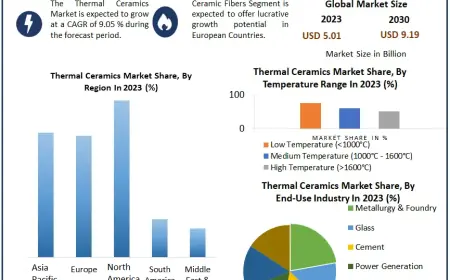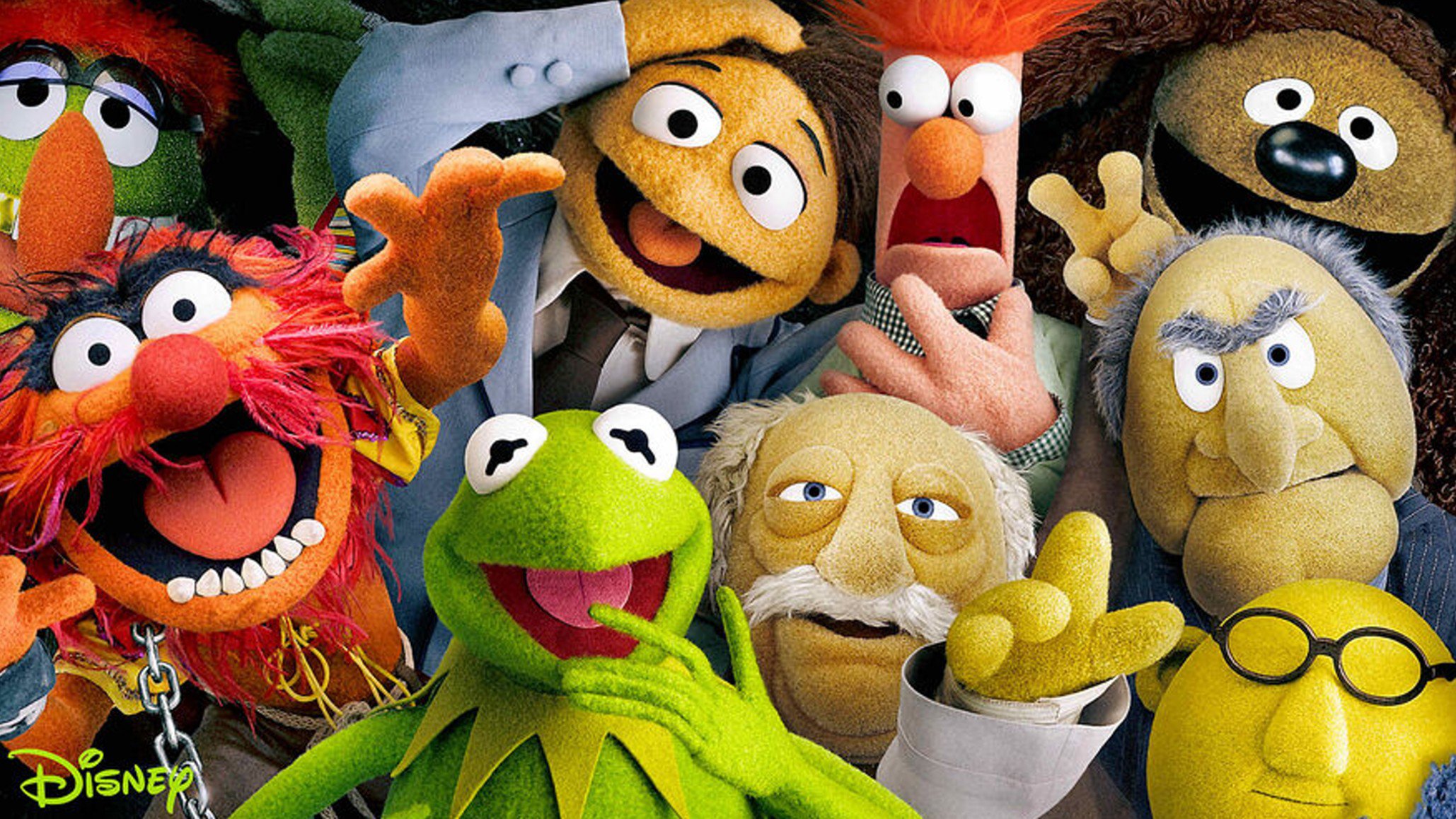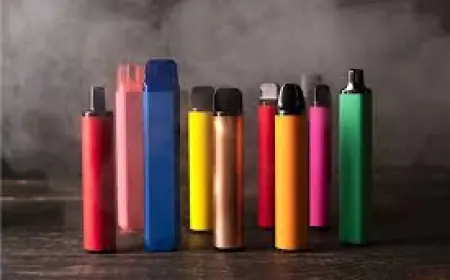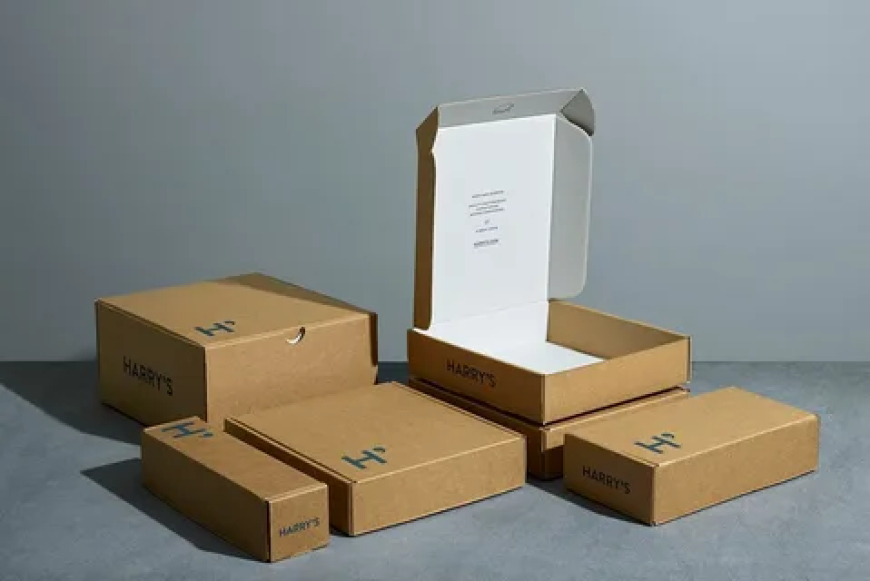Eco-Friendly Custom Packaging for a Sustainable Future
Eco-friendly custom packaging is a powerful step toward a sustainable future, offering businesses a way to reduce their environmental impact while maintaining a strong brand presence. Using recyclable, biodegradable, or compostable materials, eco-friendly packaging minimizes waste and lowers carbon footprints.
Introduction
The growing awareness of environmental issues has led to a strong demand for eco-friendly solutions across industries. Packaging, in particular, has gained significant attention due to its direct impact on waste generation. Eco-friendly custom packaging is becoming a top priority for businesses looking to contribute to a sustainable future. In this article, we will explore the benefits, materials, and trends shaping the future of eco-friendly custom packaging.
The Growing Demand for Eco-Friendly Packaging
Consumers today are increasingly aware of their environmental footprint. This awareness has fueled the rise of eco-conscious products and packaging. Many businesses are responding to this trend by shifting towards eco-friendly packaging solutions. The demand is driven not only by consumers but also by regulations aimed at reducing plastic waste. The market for sustainable packaging is expected to grow significantly in the coming years, as businesses aim to reduce their carbon footprint and meet consumer expectations.
What is Custom Packaging?
Custom packaging refers to the process of designing packaging that is specifically tailored to a product or brand’s needs. Unlike standard packaging, custom solutions offer flexibility in terms of materials, design, and size. Eco-friendly custom packaging takes this one step further by prioritizing materials and designs that minimize environmental impact. This type of packaging can be designed to be recyclable, biodegradable, or reusable, making it a sustainable choice for businesses.
The Environmental Impact of Traditional Packaging
Traditional packaging materials, such as plastic and non-recyclable paper, contribute significantly to environmental degradation. Plastics, for instance, take hundreds of years to decompose, leading to large-scale pollution in landfills and oceans. The production of these materials also consumes large amounts of energy and resources. Transitioning to eco-friendly packaging is not just a trend—it’s a necessity for reducing the environmental impact of packaging waste.
Benefits of Eco-Friendly Custom Packaging
Eco-friendly custom packaging offers several advantages beyond its environmental benefits. First, it enhances brand reputation by aligning with consumer values of sustainability. Businesses that adopt green packaging are often perceived as more responsible and forward-thinking. Second, eco-friendly packaging can improve cost-efficiency in the long run by reducing waste and lowering material costs. Finally, it complies with global regulations aimed at reducing packaging waste, helping businesses avoid penalties and maintain compliance.
Types of Eco-Friendly Custom Packaging Materials
There are several types of materials used in eco-friendly custom packaging. These materials are designed to be sustainable, biodegradable, or recyclable, reducing the environmental impact of packaging.
Recycled Cardboard
Recycled cardboard is one of the most popular materials for eco-friendly packaging. It is made from post-consumer waste and can be recycled multiple times. It is lightweight, durable, and cost-effective, making it ideal for businesses looking to reduce their environmental footprint.
Biodegradable Plastics
Biodegradable plastics break down more quickly than traditional plastics, thanks to their plant-based components. They decompose naturally over time and reduce plastic waste in landfills and oceans. This material is ideal for businesses that need flexible yet sustainable packaging solutions.
Plant-Based Packaging
Plant-based packaging is derived from renewable resources like cornstarch, mushrooms, or seaweed. These materials are biodegradable and offer an innovative solution for reducing reliance on non-renewable materials like petroleum-based plastics. Plant-based packaging is gaining popularity among businesses focused on reducing their environmental impact.
Custom Packaging Design for Sustainability
Sustainable custom packaging design, especially for garment boxes, is essential in reducing environmental impact. By optimizing the design to use eco-friendly materials and minimizing waste, businesses can contribute to sustainability. Using biodegradable or recycled materials, such as kraft paper or cardboard, helps reduce reliance on non-renewable resources. Additionally, designing garment boxes with precise dimensions to fit the product reduces excess material usage, while minimalist designs decrease the need for extra layers of packaging. Reusable garment boxes further enhance sustainability by offering customers an option to repurpose the packaging, extending its lifecycle and reducing waste.
The Role of Innovation in Sustainable Packaging
Innovation is driving sustainable advancements in clothing gift boxes, with new technologies like biodegradable coatings, edible packaging, and digital printing leading the way. These innovations help reduce waste while maintaining the functionality and aesthetics of packaging. For clothing gift boxes, using eco-friendly materials and biodegradable options enhances their environmental appeal. Digital printing allows for customization without excessive material use, making the packaging more personalized while adhering to sustainability goals. Companies are increasingly focusing on research and development to create innovative clothing gift boxes that align with eco-conscious consumer preferences.
Case Studies: Companies Leading the Way in Eco-Friendly Packaging
Company A’s Green Packaging Initiative
Company A has pioneered green packaging by introducing recycled materials into its supply chain. By using biodegradable and recyclable materials, the company has reduced its carbon footprint and set a new industry standard.
Company B’s Zero-Waste Packaging Approach
Company B has adopted a zero-waste approach to packaging. By using 100% recyclable materials and minimizing the size of their packaging, they have eliminated packaging waste, contributing to a more sustainable future.
How to Transition to Eco-Friendly Packaging for Businesses
Transitioning to eco-friendly packaging requires careful planning. Businesses need to assess their current packaging materials, identify opportunities for improvement, and source sustainable alternatives. Collaborating with eco-friendly packaging suppliers and investing in sustainable design practices can streamline the transition. It’s important to educate employees and customers about the benefits of the new packaging to ensure successful adoption.
Cost vs. Benefit Analysis of Sustainable Packaging
While eco-friendly packaging may have a higher upfront cost, the long-term benefits often outweigh the initial investment. Sustainable packaging reduces waste management costs, improves brand reputation, and helps businesses comply with environmental regulations. A cost-benefit analysis can help businesses understand the financial advantages of transitioning to eco-friendly packaging.
The Future of Custom Packaging: Trends and Innovations
The future of custom packaging lies in continued innovation and sustainable practices. Trends such as edible packaging, biodegradable coatings, and smart packaging are shaping the industry. Businesses that embrace these trends can stay ahead of the curve and meet consumer demand for sustainable solutions.
Practical Tips for Businesses to Adopt Eco-Friendly Packaging
Businesses looking to adopt eco-friendly packaging should start by conducting a packaging audit. Identifying areas for improvement, such as switching to biodegradable materials or optimizing design, is the first step. Partnering with sustainable packaging suppliers and educating consumers about the benefits of eco-friendly packaging are also essential for successful adoption.
Common Myths About Eco-Friendly Packaging
There are several misconceptions about eco-friendly packaging. One common myth is that sustainable packaging is always more expensive than traditional packaging. However, in many cases, businesses can save money by reducing material waste. Another myth is that eco-friendly packaging lacks durability, but advancements in materials have made sustainable options just as strong as conventional packaging.
Conclusion
Eco-friendly custom packaging is an essential step towards a more sustainable future. By adopting sustainable packaging solutions, businesses can reduce their environmental impact, improve their brand reputation, and meet consumer demand for eco-conscious products. The future of packaging lies in innovation, and businesses that embrace these trends will be well-positioned for success.
What's Your Reaction?
 Like
0
Like
0
 Dislike
0
Dislike
0
 Love
0
Love
0
 Funny
0
Funny
0
 Angry
0
Angry
0
 Sad
0
Sad
0
 Wow
0
Wow
0




















































